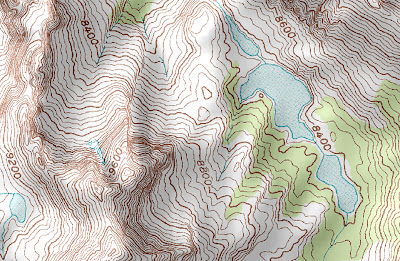http://factsanddetails.com/Asian.php?itemid=2763&catid=66&subcatid=419
Nominal choropleth maps are simply maps that display areal data that is of the nominal nature, meaning the data is categorical or qualitative rather than has a specific order to it. This map of china portrays the areal spread of top known minorities living in China. Its data is strictly nominal because it is completely qualitative, focusing on race rather than quantitative or numerical data.
Nominal choropleth maps are simply maps that display areal data that is of the nominal nature, meaning the data is categorical or qualitative rather than has a specific order to it. This map of china portrays the areal spread of top known minorities living in China. Its data is strictly nominal because it is completely qualitative, focusing on race rather than quantitative or numerical data.

















































